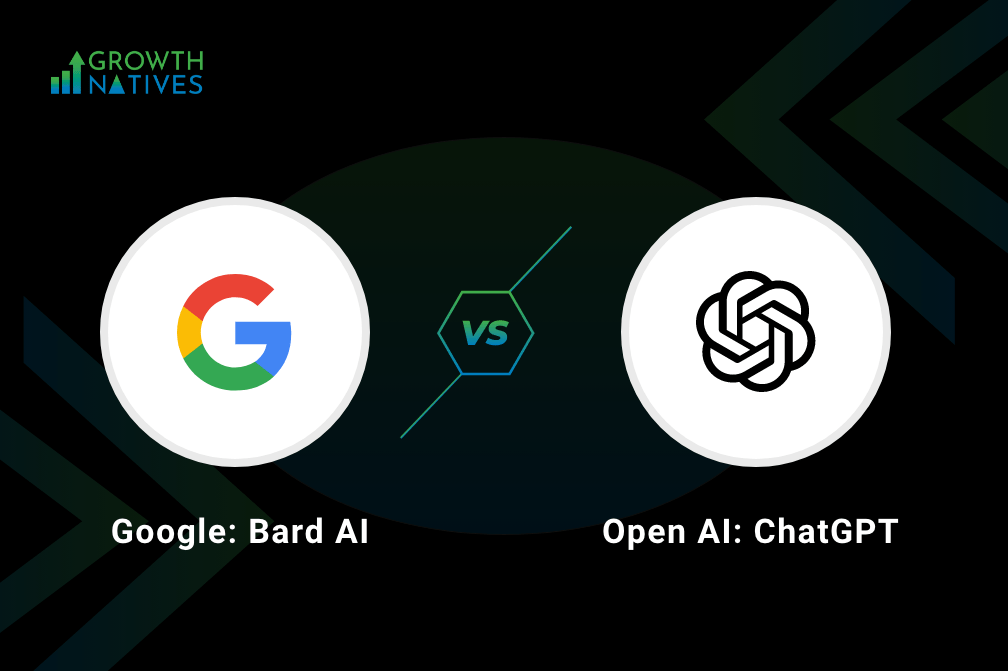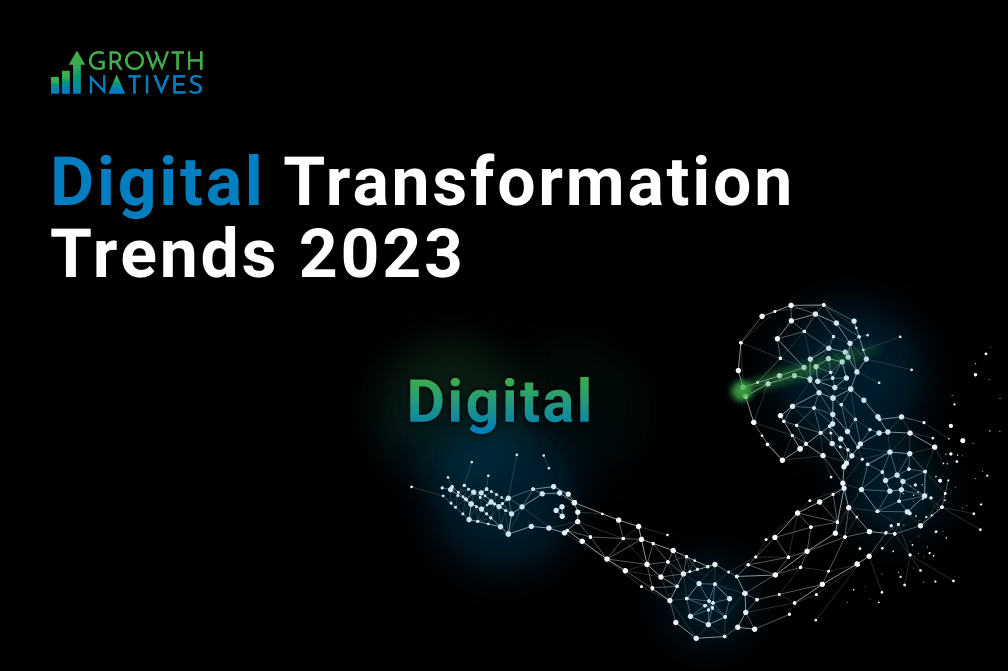Web3: What Future Does It Hold for Your Brand?

Table of Contents
Every few years, major shifts in the tech landscape stir up new buzzwords attached to them and are often regarded as an internet revolution. While most of these tech inventions are just temporary fads, some of these innovations stick around to change the way we use the internet.
Remember when bitcoin and cryptocurrency had everyone on the edge of their seats? That phase is definitely gone and now, Web3 is the new tech trend which most marketers can’t seem to get enough of.
When cryptocurrency became a subject of discussion, people learned much more about it and no longer looked at it as a quick means to making fortune overnight. Web3 is still new and people have no idea what it is, how to access its services, or formulate strategies to improve their brand. So, here we are.
Developing your brand’s strategy for Web3 is important as it will initiate the evolution of your digital approach to scaling your brand. Marc Andreessen of a16z called this movement “the second half of the internet”. Blockchain-based technologies are still in their infancy stages, but as history prepared us, Web3 is something unavoidable for marketers.
But first,
What Is Web3 Anyway?
As simple a question as it may look but the answer to this may change your approach to digital optimization of your business operations. The term Web3 was first coined by Gavin Wood, one of the creators of Ethereum. He defined Web3 as an alternative vision of the web, where the services are not hosted by a single service provider but everyone, and these are purely algorithmic.
Web 3 promises a user-led internet that is less susceptible to manipulation or control by centralized parties. Walled gardens—think enormous social networks, operating systems, browsers, and app stores—have dominated Web2; though a small number of corporations own these platforms, they have the power to make changes at will, damaging other businesses that have been built on top.
An early example of what Gavin and others favor in this area and want to see the growth of is BitTorrent and its peer-to-peer network for file sharing. Keep in mind that this scenario doesn't include a blockchain or call for a token or coin. If your use case does not require it, it should not have it, just like with other technological choices.
How Will Web3 Transform Online Marketing?
Web3 is enabling online marketers to advance, who are depending on data privacy in this decentralized internet epoch. As a result of Web3's data gathering and use limits, marketers will change the way we think about online marketing. Since Web3 puts users in control, it will be harder for marketers to focus on creating communities.
With Web3, users will be able to share their interests and ideas. Brands will need to establish communities that promote these discussions in order to communicate their messages more effectively.
But the million dollar question is,
Is your brand elastic enough to expand under the new cultural and social norms?
If not, we bring you three ways how Web3 can help elevate your brand.
1. Enter a New World of Possibilities
Have you ever heard about brand elasticity? Well, it is a measure of a brand's potential to become established in a new industry. In order to do it, brands must be able to utilize their worth and reputation to create market trust.
Marketers who subtly develop their strategies may find themselves enthralled by the aggressivity that results from a well-known brand declaring its Web3 intent. There are numerous ways to provide current customers new experiences and attract new customers for current items.
2. Move Toward Decentralization
Decentralized apps are the best as they improve accessibility and change how we use social media. Although Facebook and Instagram are fantastic social media platforms, they also have total control over their offerings.
The data of people using these apps is not under the jurisdiction of any one entity. This gives users a lot of control. Through dApps, brands have a special chance to develop relationships with consumers.
3. Balance Real and Virtual Worlds
Experiential marketing is a major area of attention on Web3. To keep up with the changing market environment, brands must modify their marketing strategy. Brands should therefore use a hybrid strategy that combines their work in the virtual and physical worlds.
Brands must make sure that their voice can effectively communicate with customers in both nations while navigating boundaries. You may achieve this by developing engaging, interactive aspects and experiences.
Web3: Future Outlook
The "second half of the Internet," such as the smart contracts that keep us connected to our consumers, is still in the early stages of development. As we are just joining this space, the quick speed of innovation in Web3 can be intimidating.
Do not be concerned with marketers seeking to enter the conflict. More brands will finally enter the market in the upcoming months through partnerships and experimentation.
Is your brand looking to enter the world of Web3? Growth Natives have got your back. Our experts will analyze and suggest to you what your brand needs to be fully prepared for the future of the internet with Web3. Get in touch with us at info@growthnatives.com
Author Box
Sakshi Arora
Sakshi Arora is a seasoned content writer and editor with extensive experience across various industries including B2C, B2B, travel, e-commerce, and IT. In her free time, she enjoys expressing her creative side through painting and writing poetry. She also finds solace in nature and has a deep spiritual connection. Music brings her immense joy.




